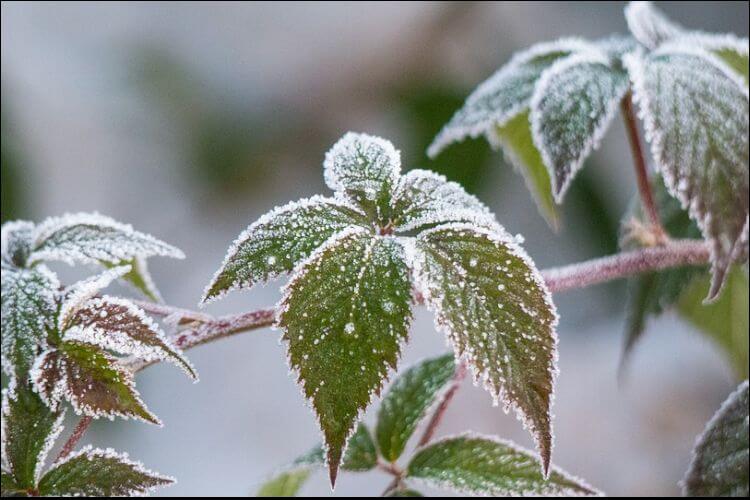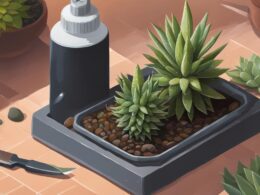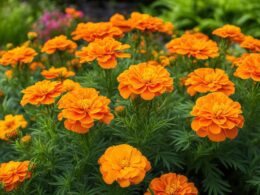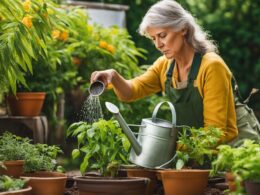USDA Hardiness Zones – Brief Guide
To start with a brief history, you need to know that back in 2012 the United States Department of Agriculture decided to set the standard for all the gardeners and growers. Based on this, you can find out which plants are most likely to thrive in a certain area. Here you have a table showing you the average minimum temperature corresponding to each area:| Zone Number | Average Minimum Winter Temperature |
| 1 | Less than -50° F |
| 2a | -50 to -45° F |
| 2b | -45 to -40° F |
| 3a | -40 to -35° F |
| 3b | -35 to -30° F |
| 4a | -30 to -25° F |
| 4b | -25 to -20° F |
| 5a | -20 to -15° F |
| 5b | -15 to -10° F |
| 6a | -10 to -5° F |
| 6b | -5 to 0° F |
| 7a | 0 to 5° F |
| 7b | 5 to 10° F |
| 8a | 10 to 15° F |
| 8b | 15 to 20° F |
| 9a | 20 to 25° F |
| 9b | 25 to 30° F |
| 10a | 30 to 35° F |
| 10b | 35 to 40° F |
| 11 | Above 40° F |
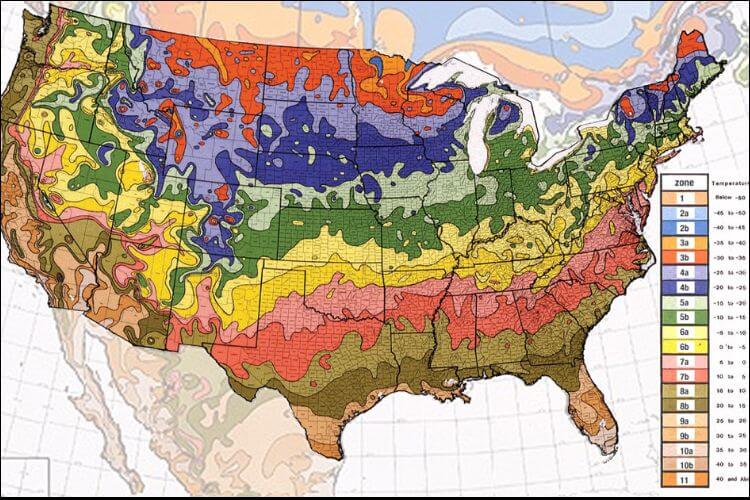
Is It Too Late to Start Preparing for Spring if I Didn’t Do Anything in January?
Is It Too Late to Start Preparing for Spring if I Didn’t Do Anything in January? Well, fear not! It’s never too late to dive into gardening. Starting in February? No problem! Here are some fantastic february gardening tips to get you on track for a successful spring. Embrace this month as a fresh start and begin planning, pruning, and prepping your garden beds.
What to Plant in January Depending on the USDA Hardiness Zone You Live in
1. Zones 1 – 5
In this area, it is a good idea to start growing something indoors in January. You can find plenty of seeds of microgreens, which are readily available during this month. Moreover, you can plant a mix of them or simply go for some of your favorites, if you happen to have some. Here you have a couple of suggestions:- Beet greens;
- Arugula;
- Mizuna;
- Pea shoots, etc.
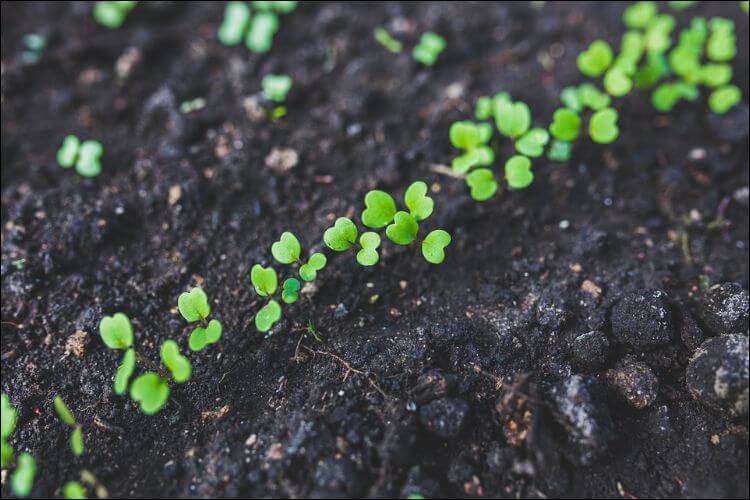
2. Zone 6
Luckily, those who practice gardening in zone 6 have more options than those who live in zones 1 to 5. January is the perfect moment to start seeds indoors for the plants that grow slower, such as parsley, onions, and leeks. For example, the parsley and celery seeds will need several weeks only for germination. Meanwhile, onions will require a couple of months to grow big enough to be transplanted outdoors. However, it’s good to start it right now, because the seedlings will have a higher success rate in the garden, compared to bulbs. If you don’t know what to plant in January, it’s a good idea to have a look at flowers as well. If you’re aiming to grow them indoors, here you have some suggestions:- Browallia;
- Begonia;
- Dusty miller;
- Pansies;
- Snapdragons, etc.

3. Zone 7
Planting in January in Zone 7 can be quite tricky since the weather here is hard to predict. However, it offers some great possibilities as well. The same options for celery, leeks, parsley, and onions go for starting indoors. At the end of the month, you can start some lettuce, kale, cabbage, cauliflower, broccoli, etc. In this way, you can transplant them outdoors when the weather gets warm. Regarding flowers and what to plant in January from this field, you can choose coleus or geranium. Plant them at the end of the month as well, to allow them several months to grow mature enough to survive a transplant. Outdoors, you can take advantage of the stratification of freezing and thawing. Some flowers germinate better under these circumstances, such as Nigella, larkspur, or poppies.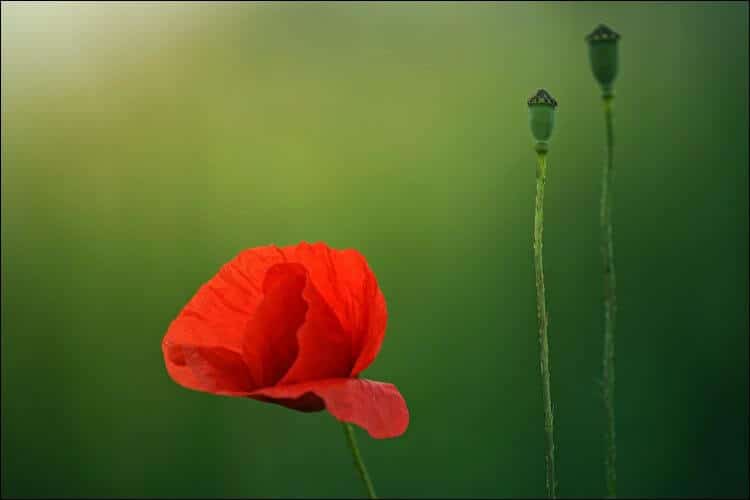
4. Zone 8
The list of what to plant in January in Zone 8 also starts with onions, leeks, celery, and parsley. Now you can also add peppers to sow indoors since they need more time to grow as much as you need to transplant them. Cole crops are great ideas as well (cauliflower, broccoli, kale, cabbage, etc.). If you can work with the soil, it’s a good idea to start planting bare-root asparagus, together with strawberry plants. As they become available in nurseries, you can start planting them. Think of fruit trees as well. Another good idea is to plant root vegetables and hardy greens: peas, carrots, radishes, beets, bok choy, etc. In January you can also sow early annual flowers, such as impatiens, larkspur, poppies, calendula, Nigella or pansies.
5. Zones 9 – 10
Here, the cool growing season is in full bloom, which means you need to be careful with your plants. When it comes to indoor vegetables and herbs, you can add to your list of what to plant in January the following:- Eggplant;
- Lettuce;
- Kale;
- Tomatoes;
- Melon;
- Peppers;
- Basil;
- Squash, etc.
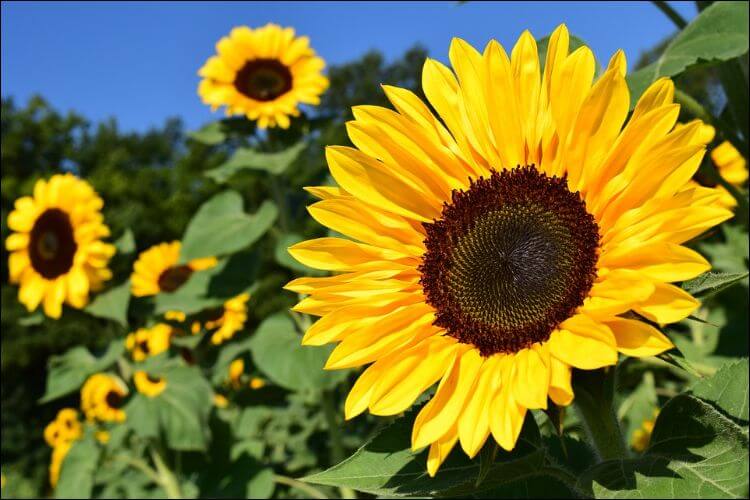
When Should I Start Planting Winter Flowers and Plants in Preparation for Spring?
It’s never too early to start preparing your backyard garden for spring. Depending on your location, you can start planting winter flowers and plants as early as late summer or early fall. This will give them time to establish and bloom once the weather starts to warm up.





